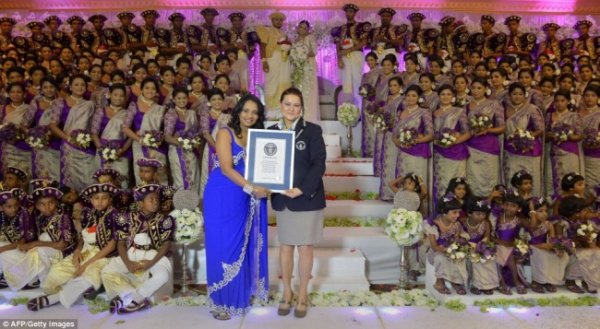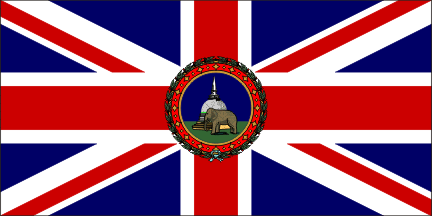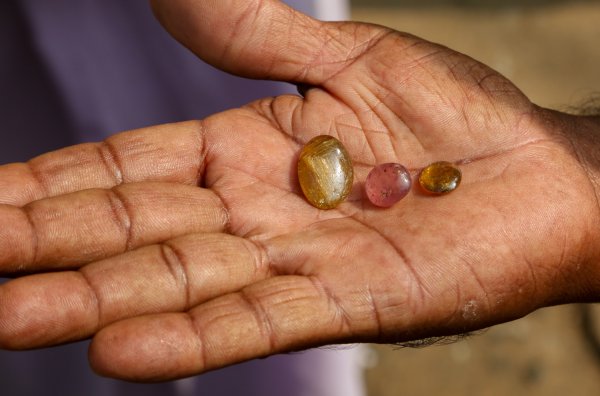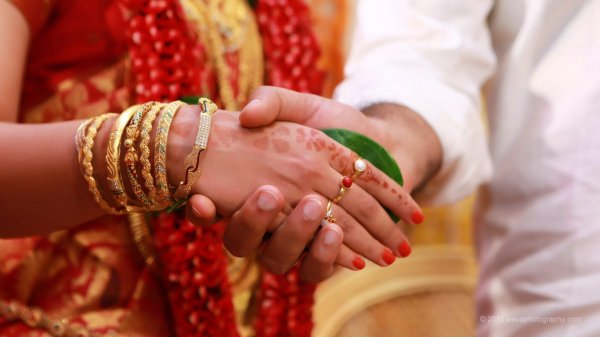
Brought to you by Lipton Tea Room
Tea, for generations, has been the soul of the Sri Lankan way of living. A gesture of warm hospitality, a visit to a Sri Lankan home ‒ as in any home in most parts of Asia ‒ is not complete without a comforting cup of tea, especially when it’s laden with milk, sugar, or jaggery. Outside the home, the traditional, street-side thé kade is a familiar sight almost anywhere you go. It’s a quick stop for weary travellers and a meeting place for those who need a quick refreshment after a long day at work.
But while tea remains more popular than coffee in Sri Lanka, it hasn’t been the favoured beverage of choice for social gatherings, especially in urban areas. This isn’t necessarily because Sri Lankans living in these areas fell out of love with tea, but mostly because of the entry of American- and European-style cafés, which focus on coffee- and coffee-based drinks, around the early 2000s. Great Britain, which considers tea a quintessentially British beverage, also experienced the same, around the 1950s till very recently. However, the tea industry is striking back, in Sri Lanka as it is across parts of the United States, Europe, and Australia, by restoring tea houses to their former glory; as a stimulating environment for artists, thinkers, entrepreneurs, or a place of enjoyment for family, friends, and coworkers.
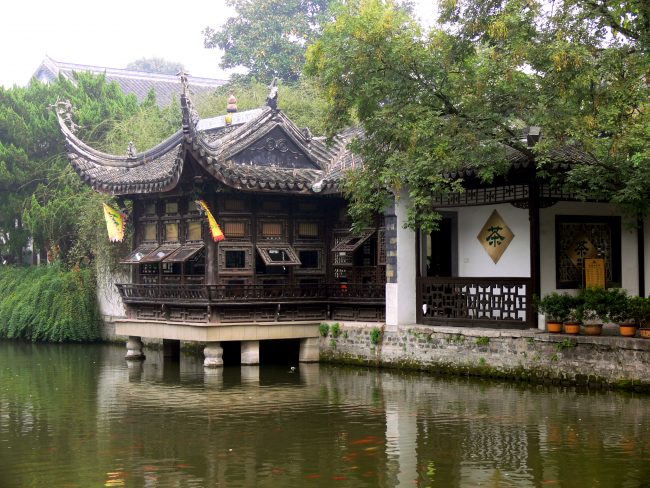
A traditional tea house in Nanjing, China – Courtesy www.wikiwand.com
The traditional thé kade may seem like it has been around forever, but tea houses originated in Ancient China, where tea itself was first discovered. Tea houses became popular for social gatherings during the Song Dynasty (960-1279 CE), and were frequented by traders and intellectuals as well as families and friends. It was also common to be entertained at a tea house, by actors, jugglers, poets, and storytellers. For many centuries later, tea houses in China were considered a safe space to debate and discuss the state of politics and society. In fact, when the Cultural Revolution began, tea houses were the first to go, because the Chengdu authorities saw them as a place for witches and heretics.
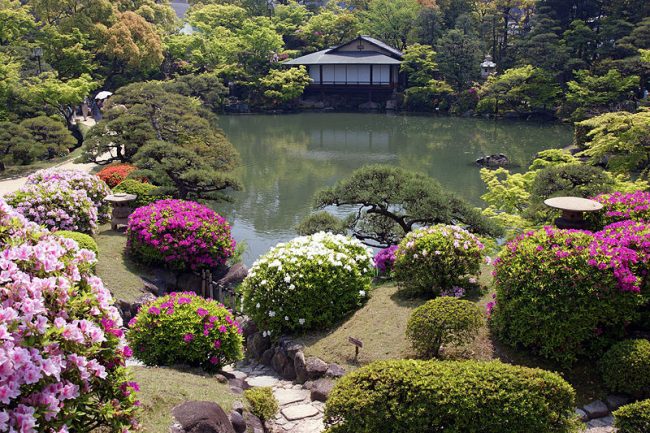
A traditional tea house in Japan – Courtesy www.newwordencyclopedia.org
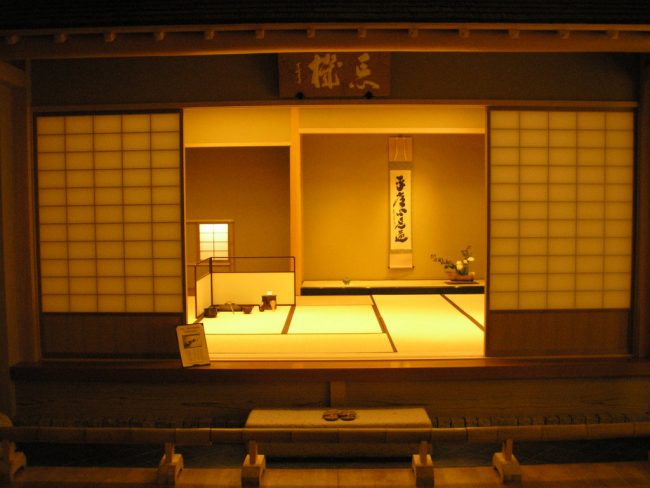
The interior view of a traditional Japanese tea room – Courtesy www.newworldencyclopedia.org
Tea houses soon caught on in other parts of the world, too, where tea was an essential beverage. In Japan, traditional tea houses, which are usually decorated beautifully, became the centre for the tea ceremony. In Iran, tea houses were male-dominated, but were a place where men of the business- and intellectual classes could visit, to enjoy music, art and smoking. The British, however, are credited for establishing ‘tea time’ as we know it today ‒ a late afternoon cup of tea served with cakes and, sometimes, pastries and sandwiches. It was actually Anna Russell, the Seventh Duchess of Bedford, who ‘invented’ high tea, as a way to combat the ‘sinking feeling’ one gets around late afternoon.
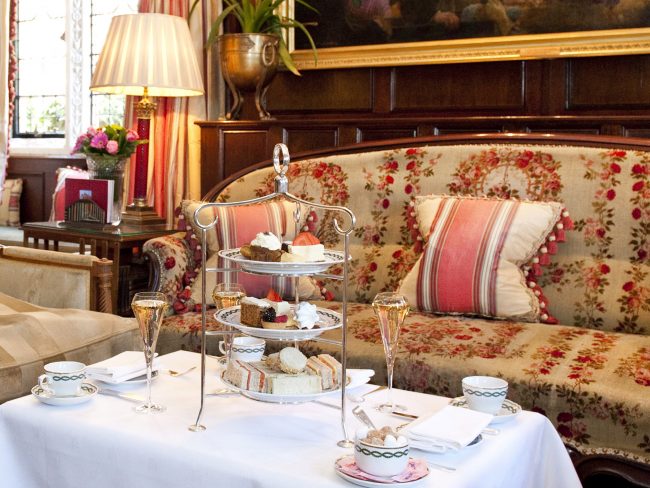
Traditional high tea, with cakes and savouries served on a silver stand and accompnied by tea – Courtesy www.independent.co.uk
It was in Glasgow that tea rooms first began to appear in England, thanks to Catherine Cranston. As the austerity of the Victorian Era drew to a close and the flamboyance of the Roaring Twenties set in, in the early twentieth century, many luxury hotels in both the US and England started setting up stylish tea rooms, which were frequented by the bohemian elite.
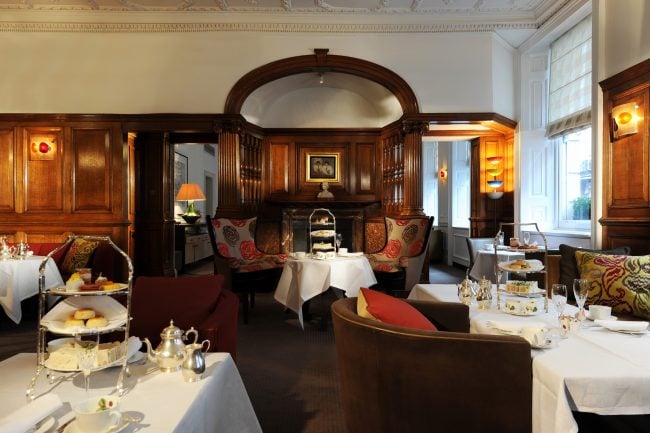
Inside a typical English tea room – Courtesy www.mayfaireccentrics.com
Interestingly, the story of how tea became popular amongst the masses in both these countries, actually begins in Sri Lanka. First introduced by pioneer, James Taylor, tea plantations in Sri Lanka were flourishing by the late 19th century, around the same time entrepreneur and innovator, Sir James Lipton, paid a visit to the island. Impressed by what he saw, he purchased several tea estates and began packaging and shipping tea at low costs, to American and English consumers. In 1893, he established the Thomas J. Lipton Tea Company, a household name to date, all over the world.
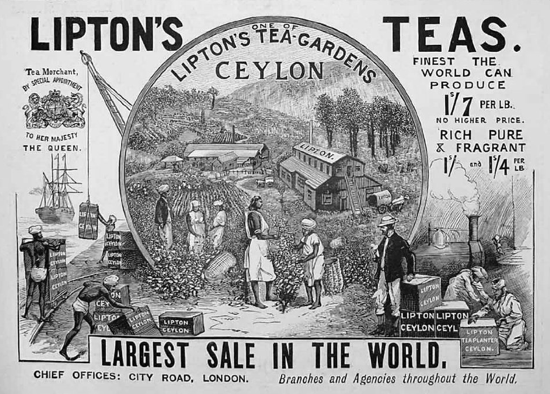
An 1896 advertisement for Lipton Teas, which made Ceylon Tea popular in the US and the UK
Coffee, traditionally favoured by the French and Italians, started becoming trendy around the 1950s in England. With the establishment of retail coffeehouses such as Starbucks in the 1990s, coffee culture became a worldwide phenomenon, and soon coffee became iconic of the modern consumer who is always on the go.
But in recent years, tea has regained its status as a beverage of choice, especially amongst wellness-obsessed, Instagram-savvy millennials, who are increasingly interested in exploring the roots of food and drink. It also comes from raised awareness on the benefits of tea, such as its richness in antioxidants, which help reduce inflammation and blood vessel hardening, and boost memory and brain health. And these are only some of the factors that make it a nourishing beverage. There is also a lot more variety on the market today, with both existing and new companies introducing teas that are enriched with herbs and spices for almost any purpose, from aiding sleep to detoxing the body to losing weight.
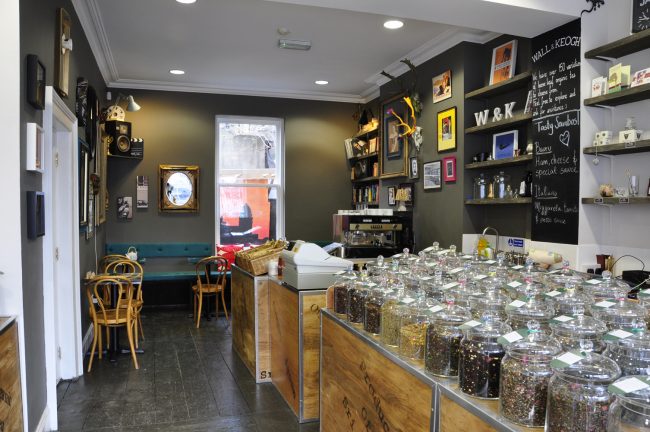
Inside Think Temporary, a modern tea room in Dublin, Ireland – Courtesy designhaven.wordpress.com
Along with this renewed love for tea has come the contemporary tea house, which are springing up in the most fashionable districts of cities across the world. Some of them maintain the old world charm of the traditional tea house for nostalgia’s sake, while others have innovated their menus and decor to be more appealing to consumers of today. While traditional teas are still available, many offer unconventional or fancy tea-based drinks, making tea ‘fun’ as much as it is rejuvenating. In Colombo, too, while the thé kade is still ubiquitous, many stylish tea houses have showed up, offering tea, snacks and entrées, and they have been successful in allowing an entire new generation of Sri Lankans to appreciate tea.
Coffee may still be the face of social life a few years ago, but the many health benefits of tea has linked it to the growing trend of healthy mindful living, in a time where yoga retreats and vegan restaurants are more fashionable than ever. Today’s tea houses, with their ability to evoke a lifestyle that was enjoyed by artists and revolutionaries of yesteryear and innovate on a traditional beverage to appeal to a younger palate, can only find themselves in a much better position for growth in the future ‒ and even better in a nation of tea drinkers, such as Sri Lanka.
This article was brought to you by:
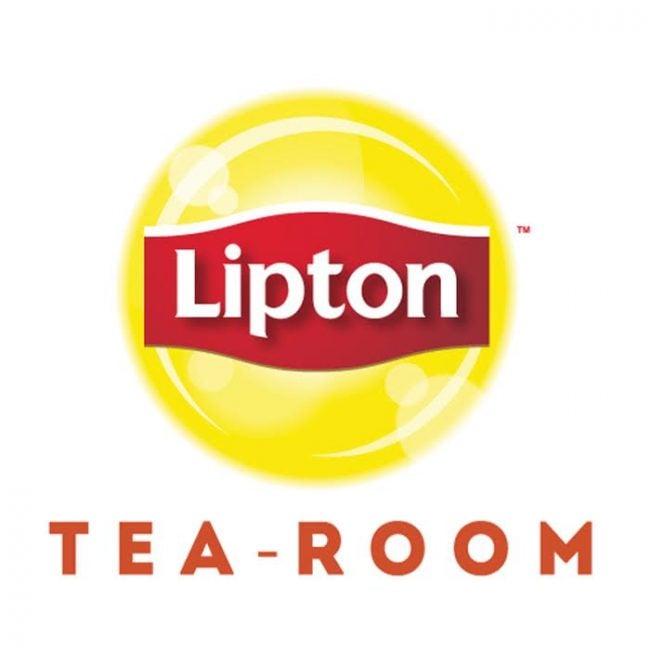
Featured image courtesy: www.visitlondon.com/

